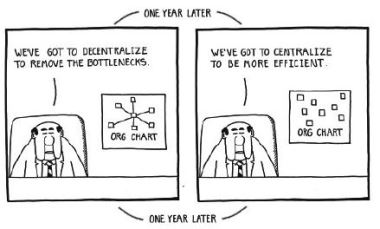Joe Billingham brings in the Unicode characters:
There are 143,859 Unicode characters available, everything from emojis, symbols, shapes and braille patterns to dice and playing cards. Whether you want to offer further insight into your data, enhance the user experience or simply create something sublimely ridiculous, with so many icons at your fingertips, the possibilities are only limited by your imagination.
Click through to see how you can include specific Unicode characters to create a visual link in the mind of your viewer to your data.
Comments closed